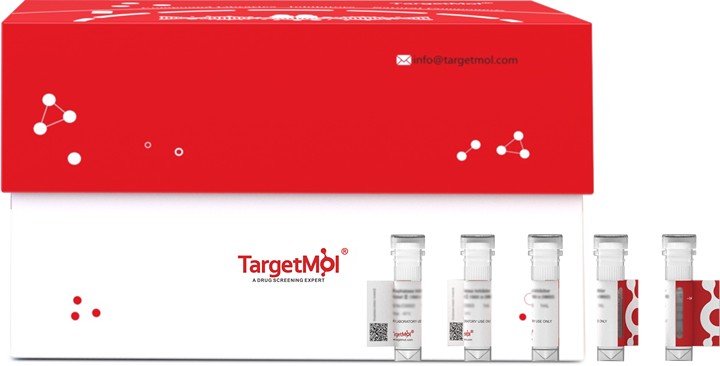Shopping Cart
- Remove All
 Your shopping cart is currently empty
Your shopping cart is currently empty

BTLA Protein, Human, Recombinant (aa 1-134, His) is expressed in HEK293 Cells. The accession number is Q7Z6A9.

| Pack Size | Price | Availability | Quantity |
|---|---|---|---|
| 100 μg | $588 | Backorder | |
| 1 mg | $3,880 | Backorder |
| Biological Activity | Immobilized BTLA Protein, Human, Recombinant (aa 1-134, His) (Cat#TMPY-07085) at 2 μg/ml (100 μl/well) can bind Recombinant Mouse HVEM/TNFRSF14 Protein (His & Fc Tag), the EC50 is 11-33 ng/mL. |
| Description | BTLA Protein, Human, Recombinant (aa 1-134, His) is expressed in HEK293 Cells. The accession number is Q7Z6A9. |
| Species | Human |
| Expression System | HEK293 Cells |
| Tag | C-His |
| Accession Number | Q7Z6A9 |
| Synonyms | CD272,BTLA1 |
| Construction | A DNA sequence encoding the Human BTLA (NP_001078826.1) (Met1-Thr134) was expressed with a polyhistidine tag at the C-terminus. |
| Protein Purity | ≥ 95% as determined by SDS-PAGE. ≥ 95% as determined by SEC-HPLC. |
| Molecular Weight | 13.47 kDa (predicted); 30 kDa (reducing contition) |
| Endotoxin | < 1.0 EU per μg protein as determined by the LAL method. |
| Formulation | Lyophilized from sterile PBS, pH 7.4. Please contact us for any concerns or special requirements. Normally 5 % - 8 % trehalose, mannitol and 0.01% Tween 80 are added as protectants before lyophilization. Please refer to the specific buffer information in the hardcopy of datasheet or the lot-specific COA. |
| Reconstitution | Please refer to the lot-specific COA. |
| Stability & Storage | It is recommended to store recombinant proteins at -20°C to -80°C for future use. Lyophilized powders can be stably stored for over 12 months, while liquid products can be stored for 6-12 months at -80°C. For reconstituted protein solutions, the solution can be stored at -20°C to -80°C for at least 3 months. Please avoid multiple freeze-thaw cycles and store products in aliquots. |
| Shipping | In general, Lyophilized powders are shipping with blue ice. |
| Research Background | BTLA is a inhibitory molecule which belongs to the Ig superfamily. It down-modulates immune responses. As such, reagents that regulate the binding of BTLA to its ligand or alter BTLA signaling have significant therapeutic promise. BTLA is crucial to understand the mechanism(s) of action of these antibodies before attempting clinical applications. BTLA is not expressed by naive T cells, but it is induced during activation and remains expressed on T helper type 1 (T(H)1) but not T(H)2 cells. BTLA is a third inhibitory receptor on T lymphocytes with similarities to cytotoxic T lymphocyte-associated antigen 4 (CTLA-4) and programmed death 1 (PD-1).Cancer ImmunotherapyCo-inhibitory Immune Checkpoint TargetsImmune CheckpointImmune Checkpoint TargetsImmunotherapyTargeted Therapy |

Copyright © 2015-2025 TargetMol Chemicals Inc. All Rights Reserved.